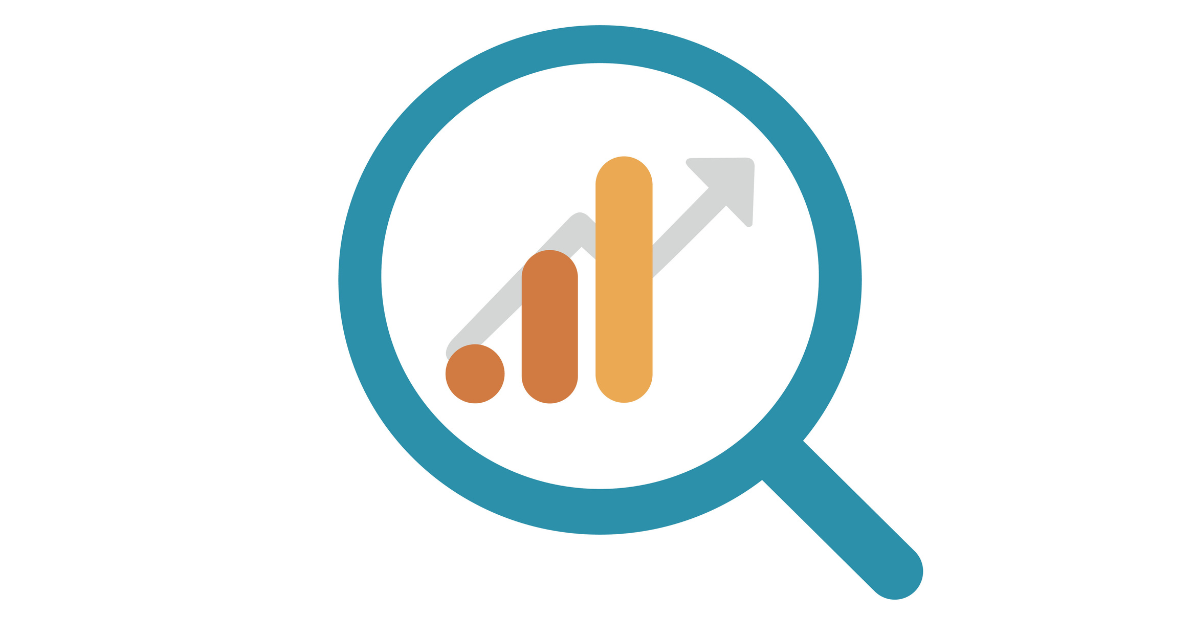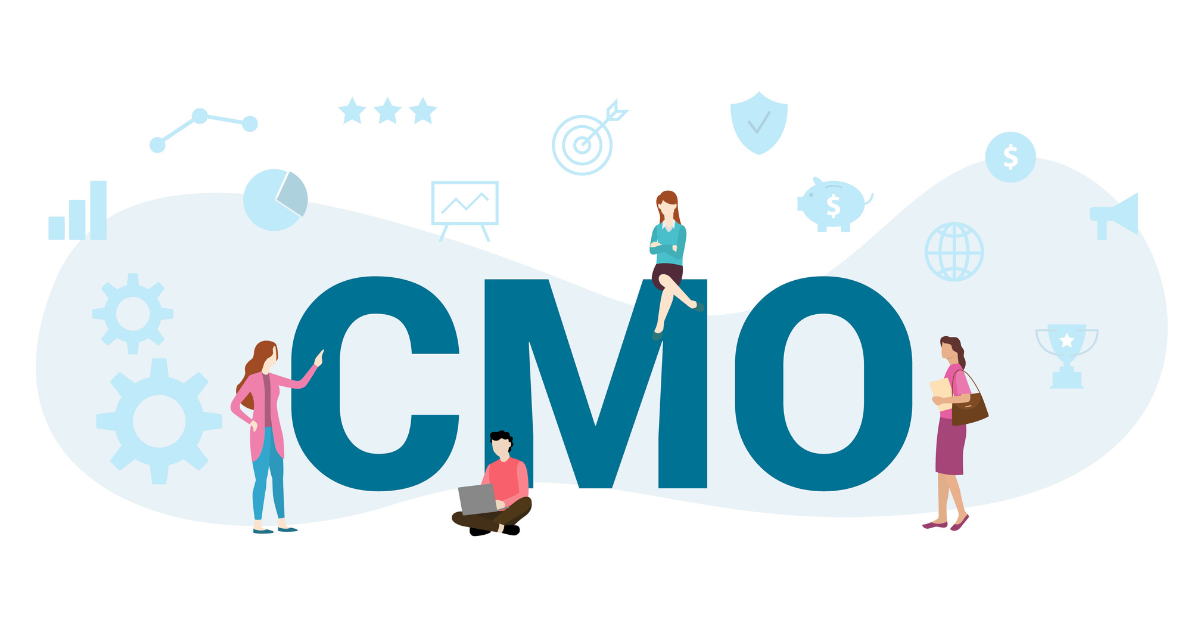How the Zero Moment of Truth Paradigm is Shifting to Micro-Moments
If you've kept up on what the thought leaders at Google have been cooking up over the years. You've probably heard about the “Zero Moment of Truth” (or ZMOT). For marketers, this was a fairly groundbreaking idea at the time and has continued to rapidly evolve with advances in mobile technology and customer expectations.
A quick jump back in time, all the way to the year 2011, where the ZMOT originally took its place in the "Moment of Truth" marketing concept originally created by Proctor and Gamble in the mid-2000’s. (If you're already well versed on your Moment’s of Truth game and want to jump the next section – then good on ya, marketing guru, scroll on!)
"In this bright future, you can't forget the past." – said musician, poet and digital evangelist Bob Marley (probably).
Well, since we're talking about the future evolution of the ZMOT and not the past, I'm totally glossing over the past of P&G's original 1st, 2nd and 3rd MOT concepts from the early 2000's. Sorry, Bob. (Ok, fine. Here's a handy-dandy infographic from P&G.
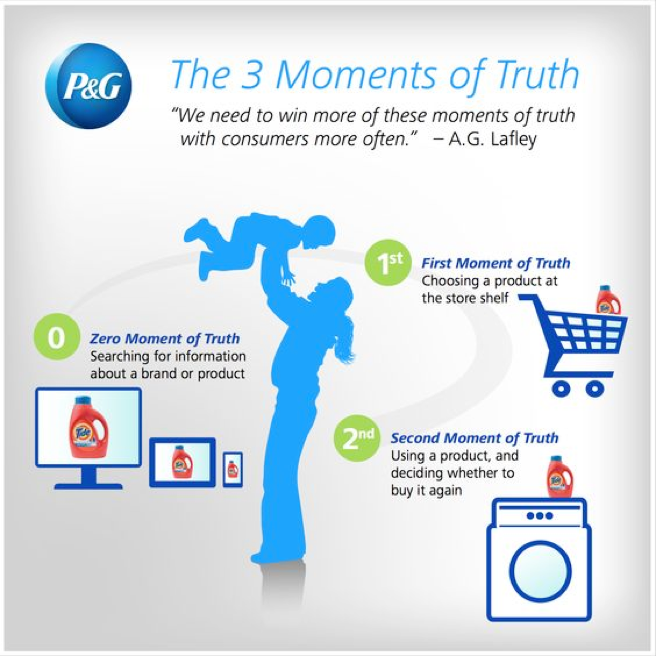
Just look at this happy this mother and child are with their P&G brand purchase decisions.
The Zero Moment of Truth (ZMOT), was originally introduced by Google in 2011, states that the "zero moment" precedes the first moment of truth and is what consumers are searching for and in turn, what they find after encountering a stimulus. This idea built and reinvented the idea of the previous First, Second & Third MOT concepts introduced by Proctor & Gamble in 2005.
Google asserted that the true customer moment of truth in the burgeoning digital age was now the inspiration that was tied back to consumer search-engine queries.
You need something (product/service).
You need to know how to do something (explanations/tutorials)
You're looking for more information about something (reviews, descriptions)
Google’s revised version of the original customer moment of truth path looked like this:
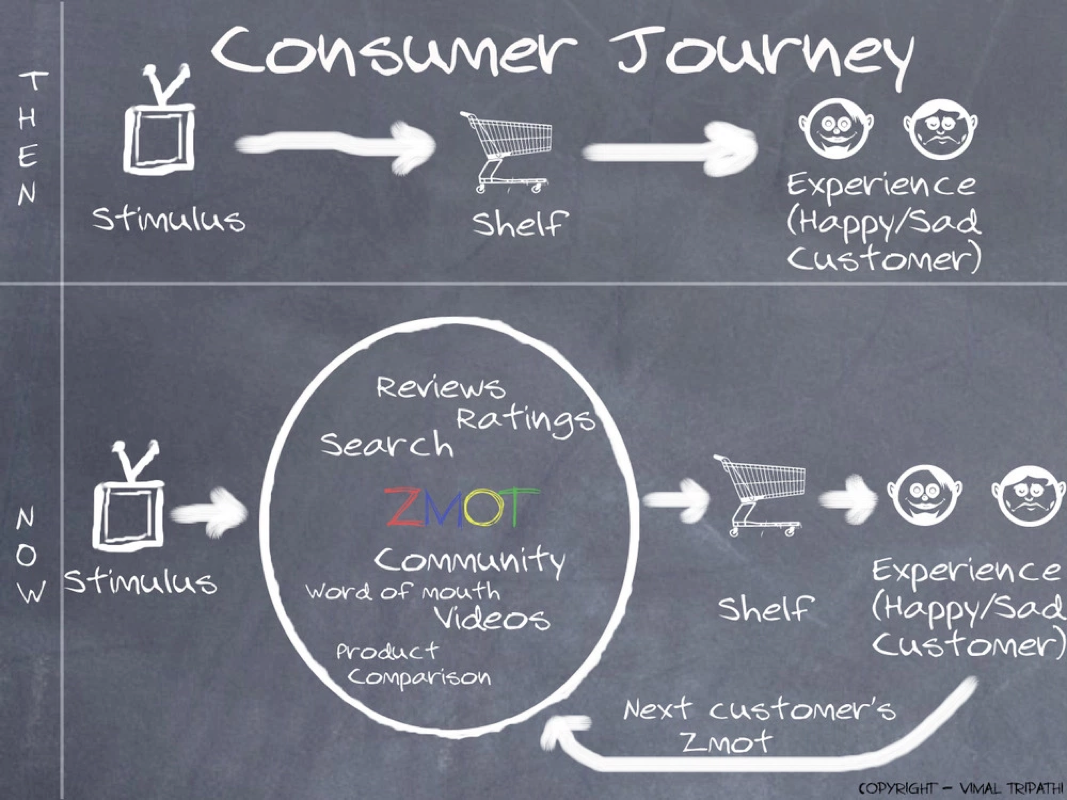
This initial learning phase is what ultimately triggers the initial thought or purchase process. Google argues that every single search of information can be tied back to this initial process. Whether it's based on an important life decision like buying a home and researching a trusted real estate agent – or something as innocuous as:

I highly enjoy this SRSLY dog meme, where can I find more of these hilarious nuggets? (answer: here).
Ultimate Moment of Truth (UMOT). This stage was introduced by digital analyst and Anthropologist Brian Solis in his 2013 book What's the Future of Business? Aptly named, as this is, in fact, the most important of the stages, Solis brought to light the idea of shared experiences and their impact in the consumer buying cycle. Customer buying cycles were no longer linear, but rather cyclical and much more complex because of emerging technologies and peer-to-peer networks.
Solis also asserted that companies needed to shift their idea of what consumer experiences are, and how they manage those experience – with the idea of being designed around the consumer experience rather than being reactionary to them. These shared moments of consumer experiences that take place at every step/moment of truth is what then evolves to become the next Zero Moment of Truth, or, more importantly, gets passed on to a NEW customer as THEIR new ZMOT – and then cycles through again.
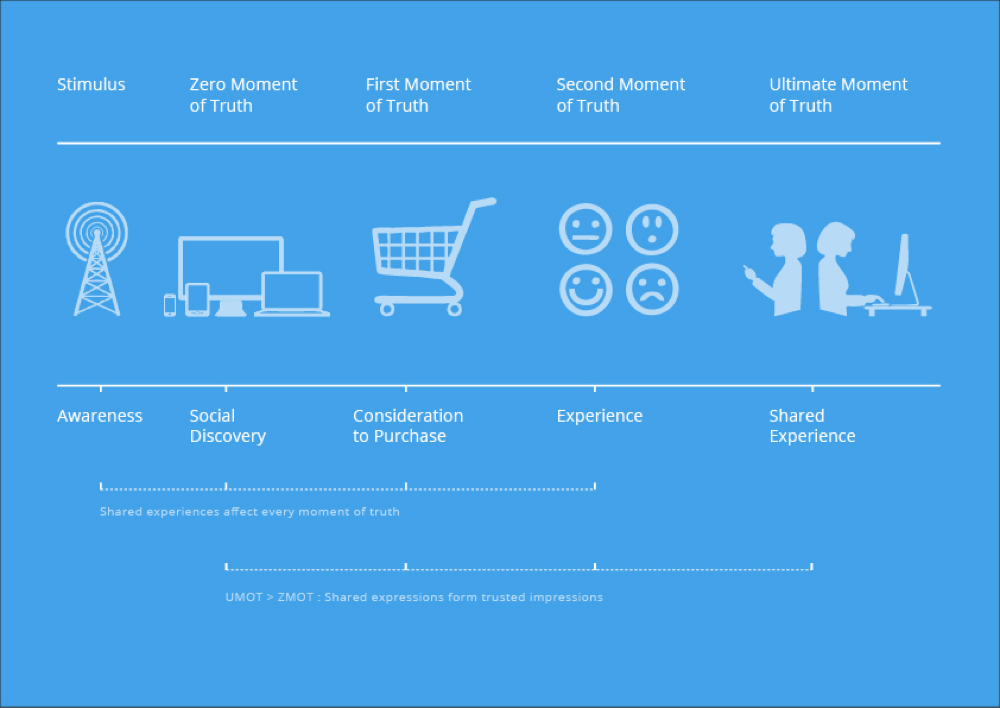
Brian Solis' link between The UMOT, The ZMOT and the future of branding and relationships.
Solis on the importance of consumer experience:
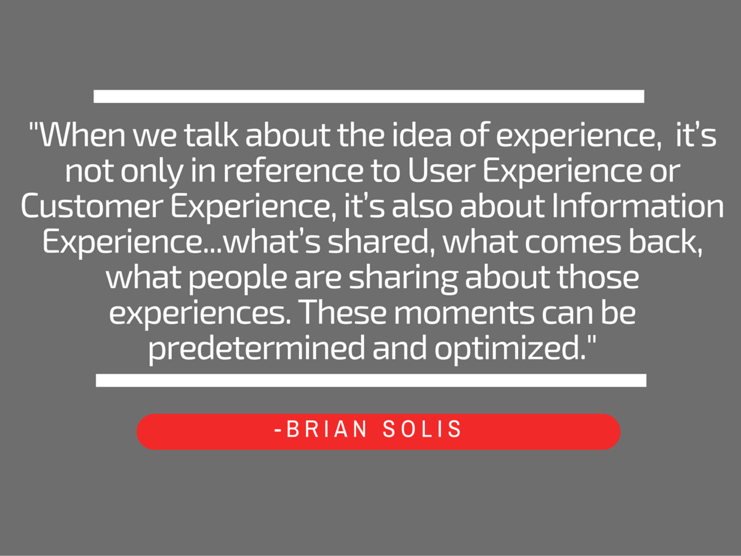
Thanks for stopping by, Brian Solis – Great stuff!
We've seen the evolution of these Moments of Truth in the last ten years. So what's next: Super-Mega-Ultimate Moments? Sub-Zero Moments? SUB-ZERO ULTIMATE MEGA MOMENTS?! The last one sounds sweet, but for now, it's all about MICRO-MOMENTS. These are the moments inside of the moments that have shifted the landscape of how we perceive brands and our decision-making processes. Micro-Moments are already here. They're in the cultural ether and woven into our daily routines and the biggest driver of these micro-moments? Mobile.
So, what's the implication of these mobile driven micro-moments that marketers need in order to adapt to changing consumer expectations in 2016?
When looking back on Google's original core-concept of ZMOT and "grabbing your laptop or phone the immediate moment that you want to start learning or buying" – it's important to think about how this behavior continues to change and evolve from a consumer perspective.
Big data, mobile innovations and wearable tech have shifted the consumer's buying expectations for immediacy, relevance, and loyalty to the brands that best serve those needs – IN EACH SINGLE MOMENT. Another way to look at it from the consumer's perspective is that in these moments: They want what they want now, they want to find exactly what they want quickly, and they want you to be able to anticipate what they want BEFORE they know it. Easy enough, right?
Here are some stats from Google to reiterate the importance of micro-moments. (They’re from Google, people, so you know they have to be good.)
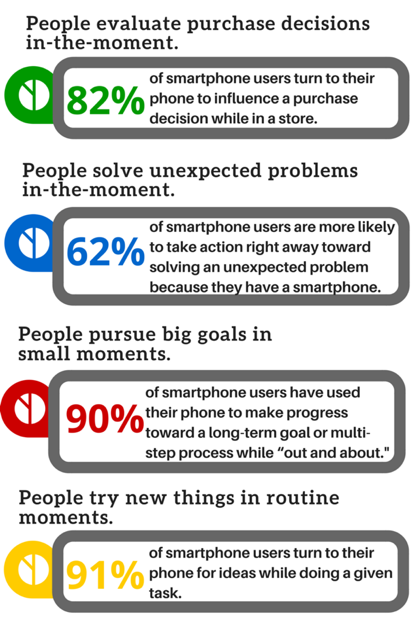
*Consumers in the Micro-Moment, Google/Ipsos, US, March 2015, n=5,398, based on internet users
While tech and mobile innovations have given consumers the power, these same innovations are what enable brands to better service these evolving consumer needs and expectations.
Big Data is Your Best Friend
Your big, all knowing and semi-daunting best friend. Search engine data, social media analytics, and customer experiences are the keys to unlocking these customer micro-moments and determine when and where your customers are and how you reach them in each moment.
You're There, but are you Really There?
You can say and then you can do. Your company may have a sound digital marketing strategy, a honed in Omnichannel approach to better service customers in their moments – but are you really there when they need you? Are you DOING? Are your customers finding you easily, are they spending time on your channels, are they instead choosing competitors? Most importantly: Are your customers doing what you WANT them to do? If the answer is no – then you’re not reaching them in their moments of need.
It's All About Experience
That is the customer's experience. Customers don't care if YOU'RE experienced – if their needs aren't being met by you at that particular moment. Oh, you have 20 years of experience? Sweetness – but I'm going with the other guy because they just solved a problem for me at the exact moment I needed them. See you next time, though, maybe. (probably not). The endgame is that if you aren't there in the moment, your competitors will be.
"Win the Moments"
…said the High School JV football coach during his moderately rousing pre-game speech – but it is true. Winning customer moments is everything. The micro-moments and the moments that lead to the moments of the purchase decision are what separate you from taking the leap from JV to the Pro’s.
So, what's the game plan to win the moments, Coach Google? (FYI: In the coaching analogy, Coach Google is some crazy amalgamation of John Wooden, Nick Saban, Phil Jackson, Tom Landy, Vince Lombardi and Paul "Bear" Bryant. read: Unstoppable and knows all of the things – and you have to follow every direction Coach Google barks at you, or you can plan on riding the bench the entire season …and Coach Google's season is lengthy, like forever.)
So, here's Coach Google's no-lose game-plan for capitalizing on micro-moments, engaging the customer, and creating impressions that last.
1. Make a Moments Map
Identify a set of moments you want to win or can't afford to lose. Examine all phases of the consumer journey to map moments when people want to find inspiration, learn about your products, make a quick purchase, or anything in between.
2. Understand customer needs in-the-moment
For each moment, you want to win, put yourself in the consumer's shoes. Ask “What would make this easier or faster? What content or features would be most helpful for this moment?”
3. Use context to deliver the right experience
Leverage contextual signals like location and time of day to deliver experiences and messages that feel tailor-made for the moment. For example, let customers searching nearby your stores know when the products they’re looking for are in-stock or available for pickup in-store.
4. Optimize across the journey
People move seamlessly across screens and channels. Does your brand deliver seamlessly in return? Don’t let competing for objectives or department silos stand in the way. To account for today’s complex, fractured journeys, anchor completely on the consumer and organize around moments.
5. Measure every moment that matters
You cannot afford to under-serve your customers while you're dealing with measurement gaps. While the return on investment for certain moments may not yet be directly measurable, train your team to use credible estimates to ensure nothing’s falling through the cracks.
As an addendum to the above five points, here's four new mobile driven consumer purchasing moments to chew on.
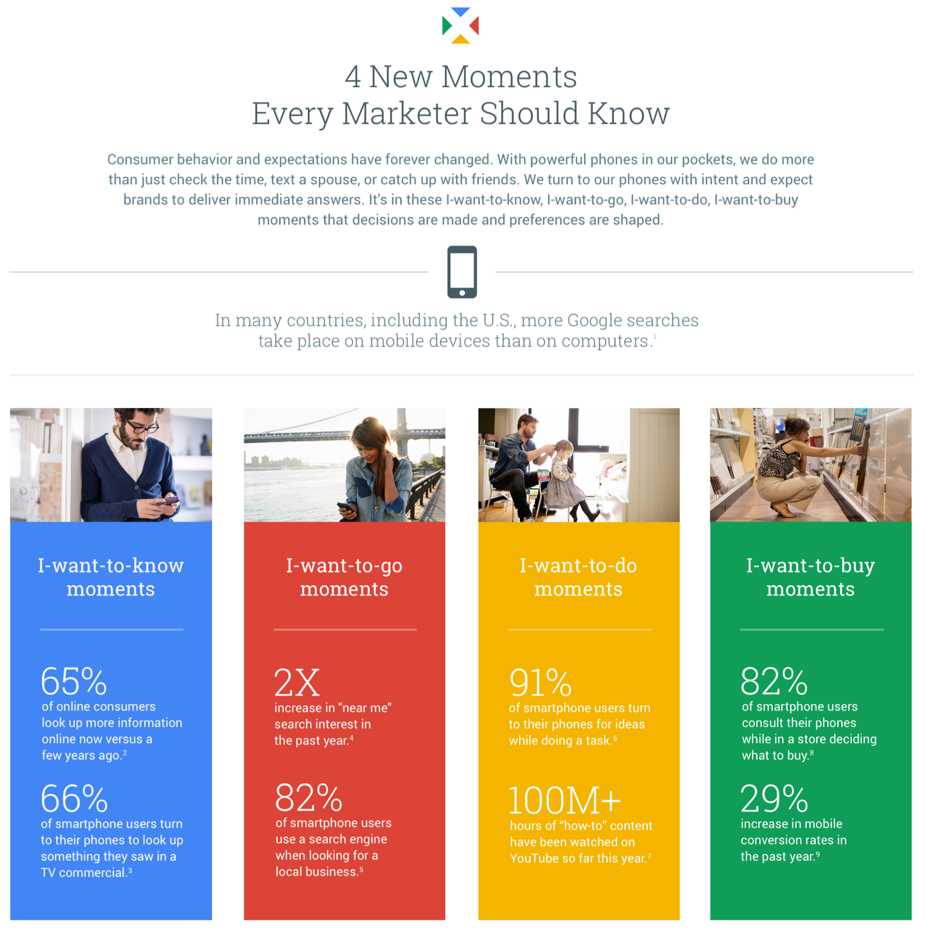
There's a mountain of additional research on ZMOT's, UMOT's and future of Micro-Moments from both Think With Google and Brian Solis that you can find here. Both are worth a (cough) moment of your time.
https://www.thinkwithgoogle.com/collections/micromoments-guide.html

